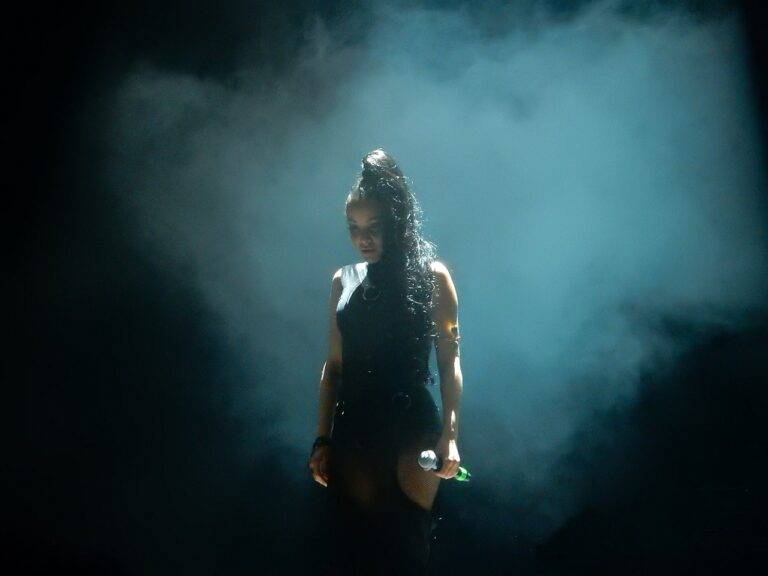Exploring the World of Underground Music Scenes: From DIY Punk to Bedroom Pop
Underground music cultures have long been thriving in the shadows of mainstream music scenes, providing a platform for artists to experiment, innovate, and express themselves beyond the constraints of commercial interests. These subcultures often emerge as a response to the homogenization of popular music, offering a space for marginalized voices and unconventional sounds to be heard.
From punk rock to hip-hop, from metal to electronic music, underground scenes have shaped the sonic landscape of the past few decades, influencing and inspiring generations of musicians and fans alike. These movements are characterized by their DIY ethos, where artists take control of their music production, distribution, and promotion, bypassing traditional industry gatekeepers in pursuit of artistic freedom and authenticity.
History of DIY Music Movements
DIY music movements have a rich history rooted in the idea of self-expression and independence from traditional music industry norms. These movements emerged as a response to the commercialization and mainstreaming of music, aiming to create a space for artists to showcase their talent and creativity on their own terms. By embracing an ethos of self-reliance and resourcefulness, DIY musicians have been able to cultivate unique sounds and foster tight-knit communities of like-minded individuals who share a passion for music.
Through the years, DIY music movements have encompassed a wide range of genres and styles, from punk rock to hip-hop to electronic music. These movements have served as a platform for marginalized voices and unconventional perspectives, allowing artists to push boundaries and challenge societal norms through their music. By embracing the DIY ethos, musicians have been able to carve out their own path in the music industry, forging authentic connections with audiences and building a loyal fan base that values creativity and authenticity above all else.
What is DIY music?
DIY music stands for Do It Yourself music, which refers to the creation, production, and distribution of music by independent artists without the involvement of major record labels.
When did the DIY music movements start?
The DIY music movements have roots dating back to the 1970s and 1980s, when punk and indie rock bands started producing their own music independently.
What are some key characteristics of DIY music movements?
Key characteristics of DIY music movements include independence from major record labels, self-production of music, grassroots promotion, and a DIY ethos of empowerment and creativity.
How have DIY music movements impacted the music industry?
DIY music movements have challenged the traditional music industry model by demonstrating that artists can create and distribute music on their own terms, leading to increased opportunities for independent artists to reach audiences and gain recognition.
Can anyone participate in DIY music movements?
Yes, DIY music movements are inclusive and open to anyone who wants to create and share their music independently, regardless of genre, background, or level of experience.





